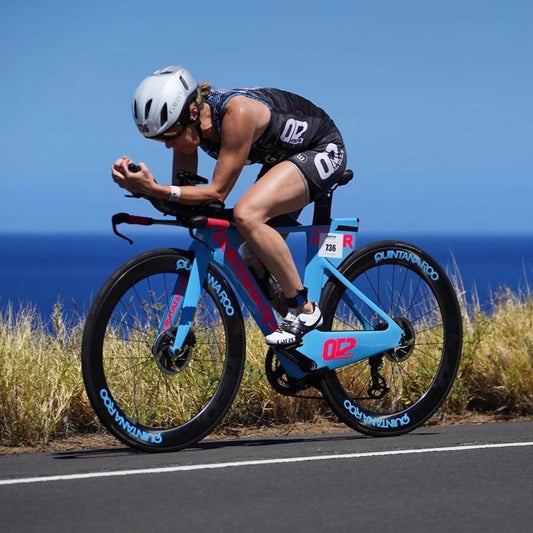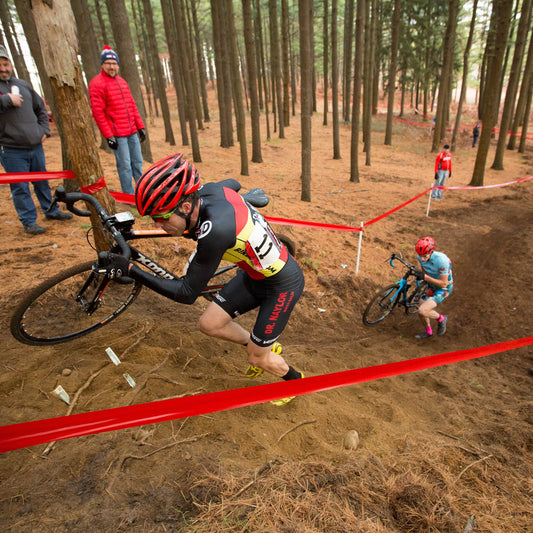Threshold Heartrate Determination
Over the years, I've seen many, many tests to determine heart rate associated with anaerobic threshold (TH); anything from blood lactate tests, to metabolic testing, or as simple as 220 minus your age with some other factors. Below presents what I like to use as the easiest most efficient way to determine TH heart rate for those athletes that may not want to have more complex testing carried out. What this procedure does is cross check your zones with a few methods to give you a fairly confident value that you can then base your heart rate zones on for training. I think some folks get a bit careless determining this value which results in hours and hours of training time spent developing an energy system that you may not want to be developing! Remember, these methods only give a single data point on a curve which happens to be the most important point to have, however some of the other more sophisticated methods provide the full curve and therefore also allow you to evaluation physiological specifics and target those areas within an athlete's training program. With that said, here's the simplest most effective ways I know how to find Anaerobic Threshold heart rate:
Bike
Primary: After a warm-up, complete an 8 minute all out time trial on your bike recording average heart rate, and average power:
- TH heart rate is typically about 8 beats below the average heart rate for this test. TH power is typically the average power from this test multiplied by 0.92.
Cross Check: This method requires no immediate testing if you already have the data:
- Take the highest HR you have ever seen on the bike (within the last 4 years) and subtract your resting HR from that number. Then multiple that "heart rate reserve" by 0.81 and add back your resting to that number.
Take the average of these two methods or choose one versus the other based on how accurate the data input were to each.
Run
Primary: After determining your bike TH heart rate, you can then offset it to your run TH heart rate by adding 6-14 beats. Almost every athlete I have worked with falls within this range with most being right around 10. So, first add 10 and then make the following adjustments to the number you get:
- If you are a woman shorter than 5'-3" subtract 2
- If you are a woman taller than 5'-9" add 4
- If you are a male shorter than 5'-6" subtract 2
- If you are a male taller than 6'-0" add 4
Cross Check: After a determining your TH above, confirm your running estimate by completing an open running road race while recording average heart rate. A great estimate of threshold from an open road race is:
- Average 5K heart rate minus 15 beats
- Average 10K heart rate minus 10 beats
- Average half marathon heart rate minus 5 beats
Take the average of these two methods or choose one versus the other based on how accurate the data input was to each. After two open road races confirm the offset, its likely best to use that number and disregard the primary offset above if it suggests something different.
I always like to cross check TH heart rate with a few different methods since this is the number a lot of an athlete's training will be based on! For a full set of heart rate training zones based on threshold heart rate, visit the QT2 member resource area. The bottom line is that most athletes should spend more than 70% of their time at less than 86% of this number with almost 100% during the early season. It takes patience! Happy training!!
-Jesse





